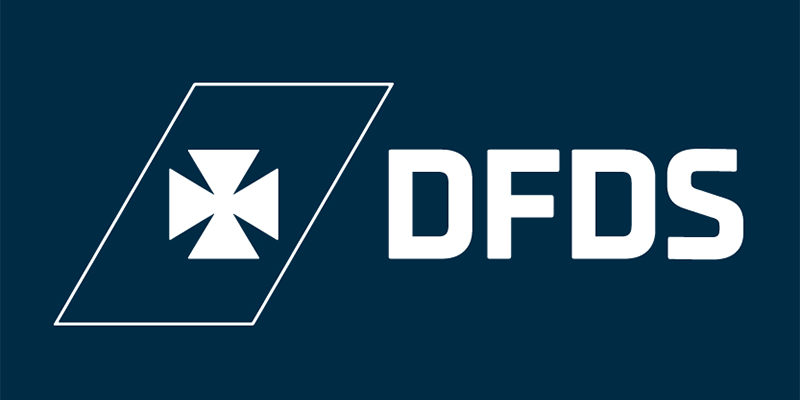DFDS had fantastic results in the last quarter of 2017, and for the whole year. Especially noteworthy are the North Sea freight volumes, which went up 6%. The overall passenger volumes went up 1%.
For 2018, freight volumes, particularly un-accompanied units, are expected to grow on most routes. Passenger volumes are expected to be on level with 2017.
Some key figures:
- Q4 Revenue increased 5% adjusted for non-comparable items. Reported revenue was DKK 3.5bn (+4%).
- Q4 EBITDA before special items increased 12% to DKK 574m following higher earnings in both the Shipping and Logistics divisions.
- Full-year revenue increased 4% adjusted for non-comparable items. Reported revenue was likewise up 4% to DKK 14.3bn.
- Full-year EBITDA before special items increased 4% to DKK 2,702m.
- Full-year profit before special items and tax increased 8% to DKK 1,727m.
- Outlook 2018: the Group’s revenue is expected to increase around 2% in 2018. The outlook range for EBITDA before special items is DKK 2,650-2,850m (2017: DKK 2,702m). Investments are expected to amount to around DKK 1.1bn.










